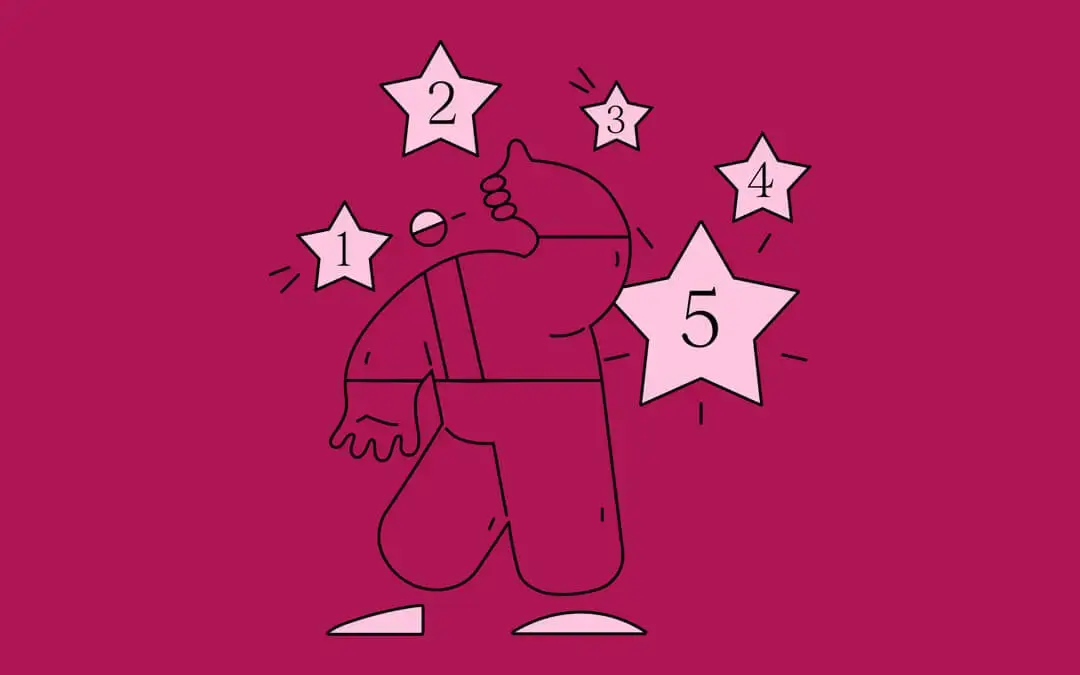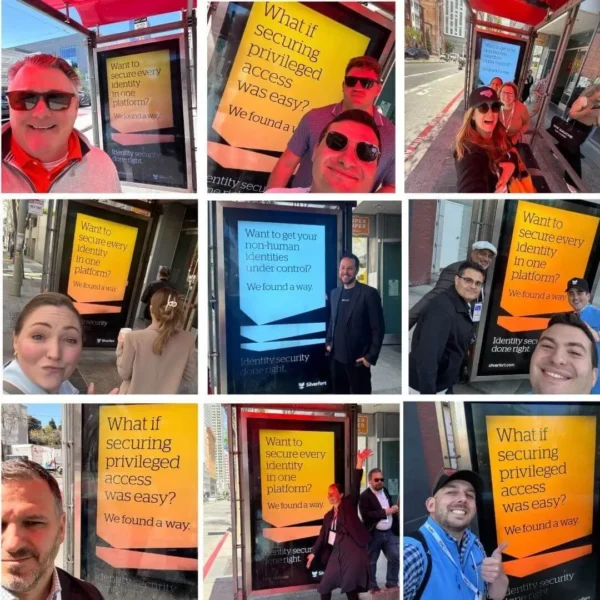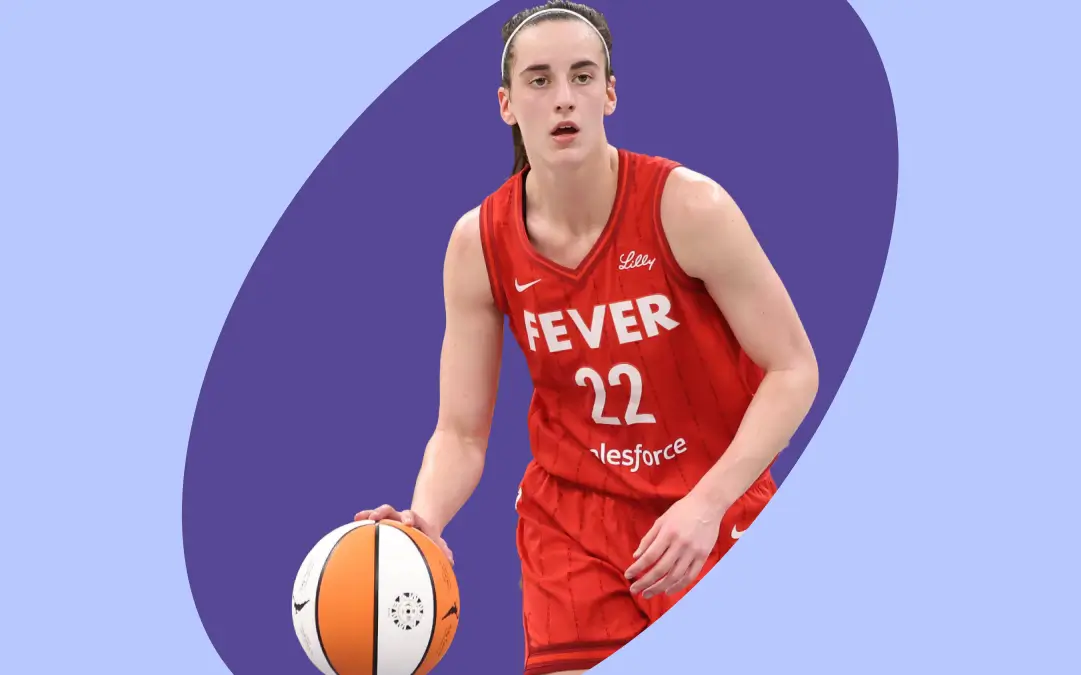Within about three months of our partnership with Sema4.ai, a leading enterprise AI agent company, they revealed a $25 million Series A extension round, for total Series A funding of $55.5 million.
The funding round includes Snowflake Ventures, Rocketship VC, MVP Ventures, and COX Enterprises, as well as returning investors Mayfield and Benchmark.
Sema4.ai came to us at a truly pivotal moment, emerging from stealth mode with the need for a suite of essential communications to elevate their profile in the market—and break through the AI noise.
Time and time again we see the importance of emotionally resonant strategic messaging, not just in attracting customers but in positioning companies for investment–with stories that transcend mere function to build belief in a new vision of the future. Foundational elements of our strategy were evident in Snowflake’s announcement:
“For AI agents to work at scale, they need accurate context, secure access to enterprise data and unified governance to manage that access… That’s why we are investing in our partner Sema4.ai, an enterprise AI agent company focused on transforming how knowledge workers collaborate with AI to accelerate enterprise decision-making.”
We made it clear: they’re not hawking yet another AI tool or assistant with minimal impact on outcomes. Sema4.ai is where the promise of AI meets the potential of people. And we’ll be cheering them on as they continue turning the founders’ boldest ambitions into reality, in a new era of human-AI collaboration.
To learn more, read our Sema4.ai case study.















